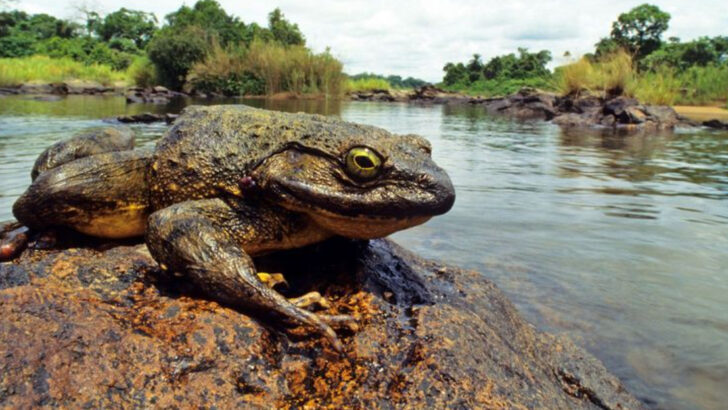Some animals don’t just break records—they shatter expectations. We’re talking about giants that weigh more than trucks, insects louder than jackhammers, and creatures so fast, fierce, or freakishly built that they seem impossible. These aren’t your average wildlife stats. These are jaw-dropping, head-scratching, how-is-that-even-real kind of facts. From the deepest oceans to the highest skies, here are 24 record-breaking animals that laugh in the face of logic—and leave the rest of the animal kingdom in the dust.
Blue Whale
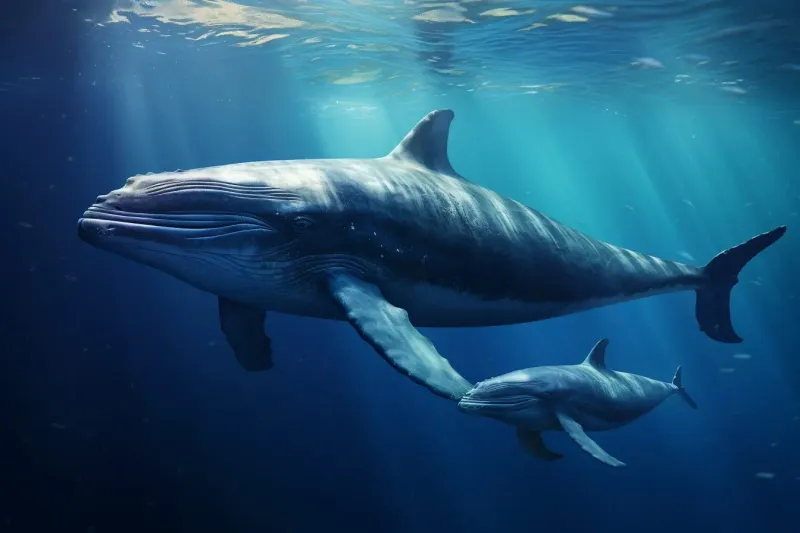
A true behemoth of the ocean, the blue whale is the heaviest animal ever known to exist. It can weigh as much as 200 tons, equivalent to the weight of about 33 elephants! Despite its size, the blue whale moves gracefully through the waters, propelled by its powerful tail. This gentle giant feeds primarily on tiny krill, consuming up to four tons of them each day. Its heart is the size of a small car, beating slowly as it navigates the vast ocean.
Giraffe
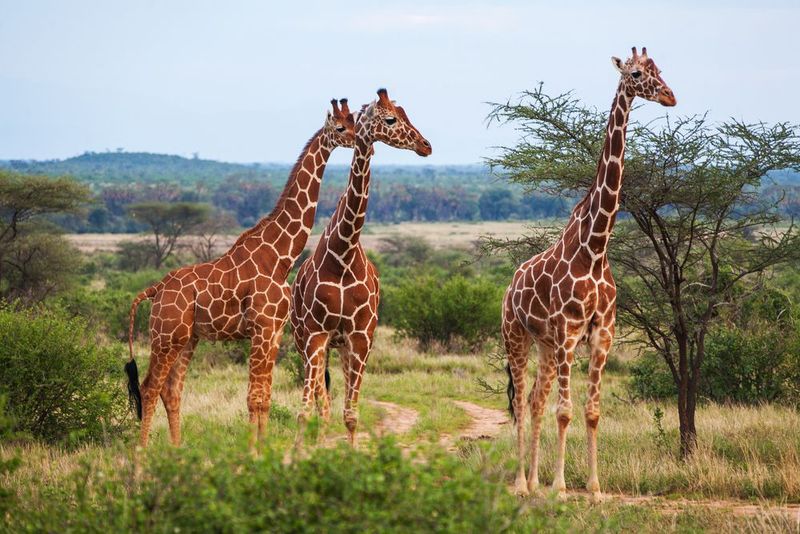
With its towering neck and long legs, the giraffe holds the title of the tallest land animal. Adult giraffes can reach heights of up to 18 feet, allowing them to browse the treetops for food. Their unique coat patterns are like fingerprints, different for every individual. Despite their height, giraffes possess an elegant and serene demeanor. Their long necks are supported by special adaptations, including a powerful heart to pump blood to their brains.
Peregrine Falcon

The peregrine falcon is renowned for its astonishing speed, making it the fastest animal on Earth. During its hunting dive, known as a stoop, it can reach speeds exceeding 240 miles per hour. This bird of prey uses its incredible velocity to catch unsuspecting birds in mid-air. With keen eyesight and sharp talons, the peregrine falcon is an exceptional hunter. Its speed and precision exemplify nature’s engineering at its finest.
African Elephant
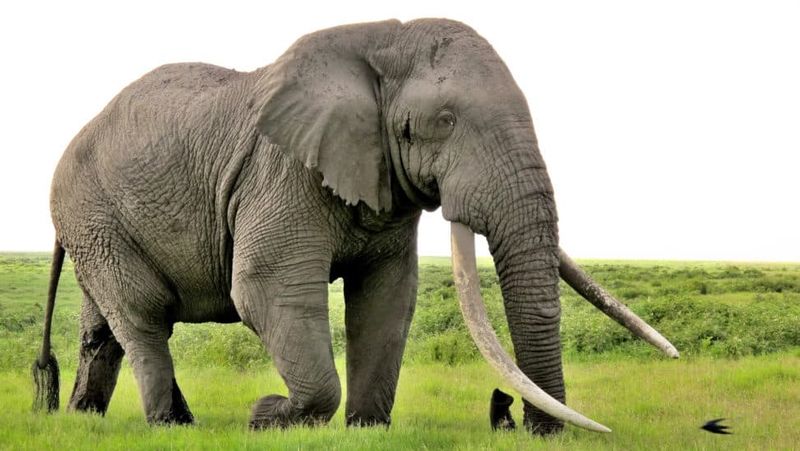
The African elephant stands as the largest land animal, with males reaching up to 12 feet in height and weighing up to 14,000 pounds. These gentle giants are known for their intelligence and complex social structures. Their large ears help regulate their body temperature in the hot African climate. Elephants communicate through low-frequency rumbles, which can travel long distances. These magnificent creatures are symbols of strength and wisdom in many cultures.
Cheetah
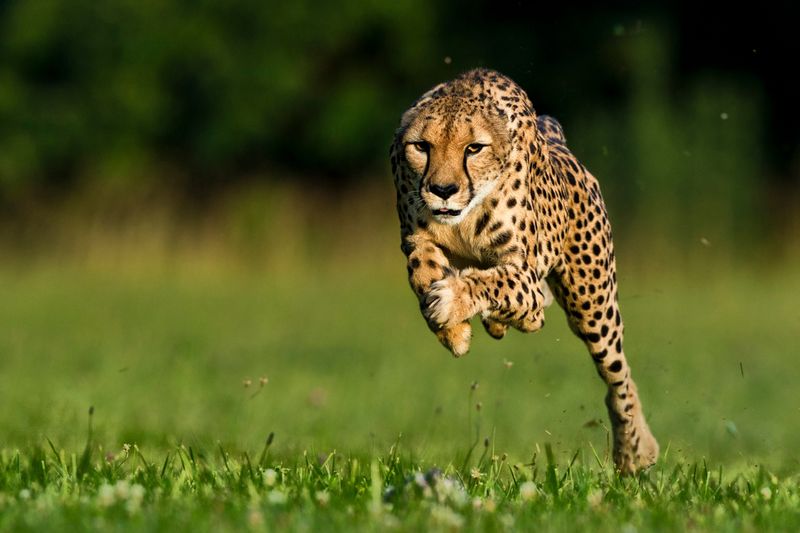
Known for its unparalleled speed on land, the cheetah can sprint up to 60 to 70 miles per hour. This feline’s acceleration and agility make it a formidable predator in the wild. Its slender body, long legs, and tail aid in maintaining balance and speed. Cheetahs have distinctive black tear stripes that run from the eyes to the mouth, believed to reduce glare. They rely on bursts of speed rather than stamina to catch their prey.
Colossal Squid
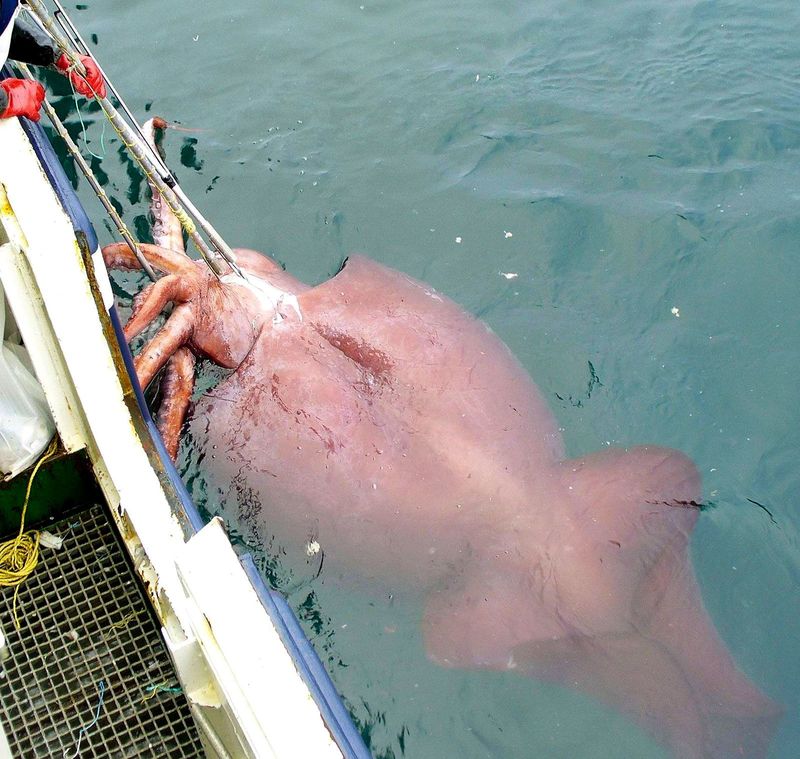
Dwelling in the deep, cold waters of the Southern Ocean, the colossal squid is one of the largest invertebrates known. It can grow up to 46 feet in length and weigh over 1,000 pounds. Its eyes are the largest in the animal kingdom, providing excellent vision in the dark ocean depths. This elusive creature has sharp hooks on its tentacles, aiding in capturing prey. The colossal squid remains a mystery, with much still unknown about its life in the abyss.
Wandering Albatross
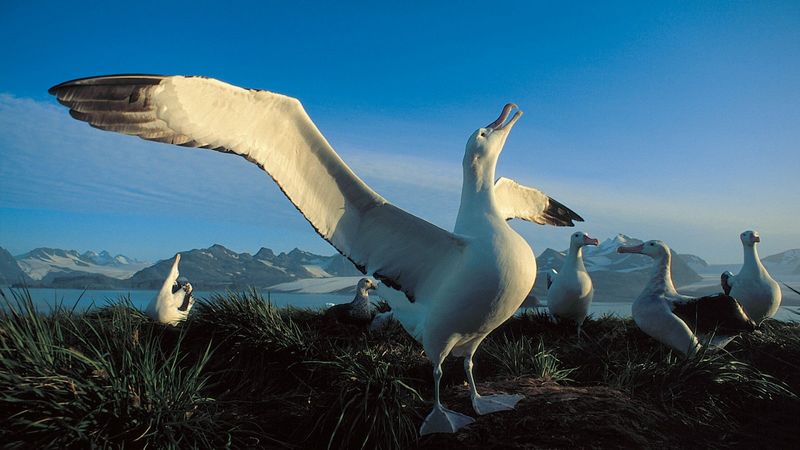
The wandering albatross is celebrated for having the largest wingspan of any living bird, reaching up to 11 feet. These majestic birds glide effortlessly over the ocean, covering vast distances with minimal effort. Their wings are specially adapted for dynamic soaring, allowing them to harness wind currents. Wandering albatrosses spend the majority of their lives at sea, returning to land only to breed. These birds are symbols of freedom and endurance.
Goliath Frog
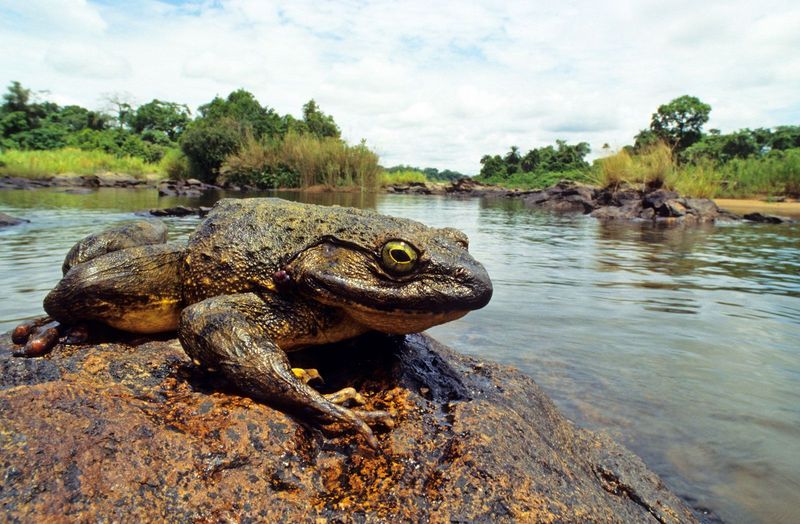
The goliath frog, native to West Africa, is the largest frog species on Earth. Weighing up to 7 pounds and measuring over a foot long, it dwarfs other frog species. Despite its size, the goliath frog is an excellent jumper, capable of leaping great distances. Its diet includes insects, fish, and even other frogs. This amphibian’s size and strength are impressive, but it remains vulnerable to habitat loss and hunting.
Harpy Eagle
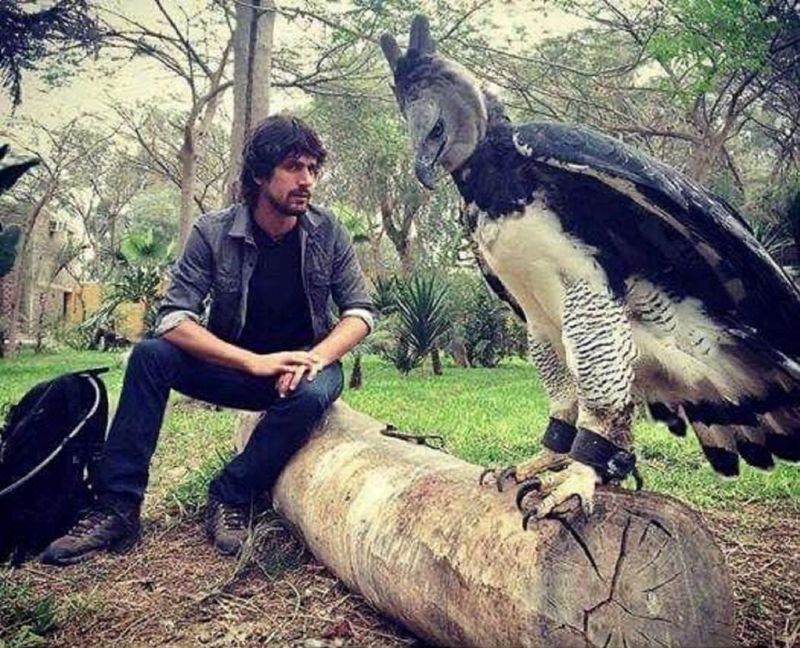
The harpy eagle is one of the largest and most powerful eagles, found in the rainforests of Central and South America. With a wingspan of up to 7 feet and powerful talons, it is a formidable predator. Harpy eagles hunt monkeys, sloths, and other mammals in the dense canopy. Their striking appearance, with a feathered crest and piercing eyes, adds to their mystique. These birds play a crucial role in maintaining the balance of their ecosystem.
Greenland Shark
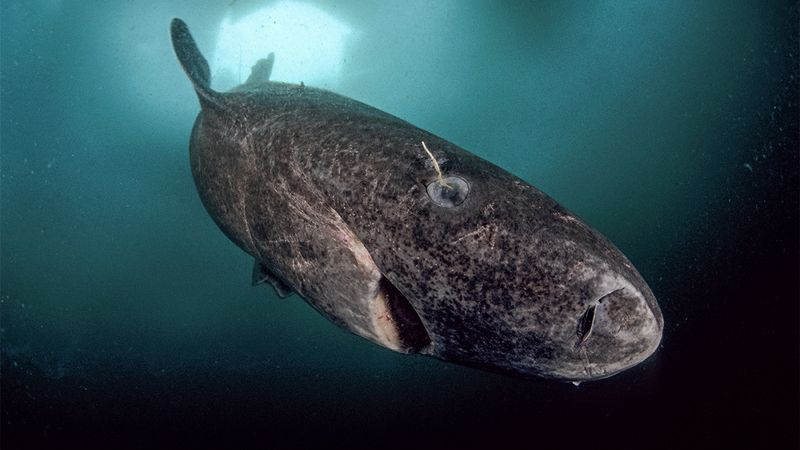
The Greenland shark is known for its exceptional longevity, with some individuals living over 400 years. It is one of the largest shark species, reaching lengths of up to 24 feet. Found in the cold waters of the North Atlantic, this slow-moving predator preys on fish and marine mammals. Despite its sluggish nature, the Greenland shark is an effective hunter. Its long lifespan and unique adaptations make it a subject of scientific intrigue.
Kakapo
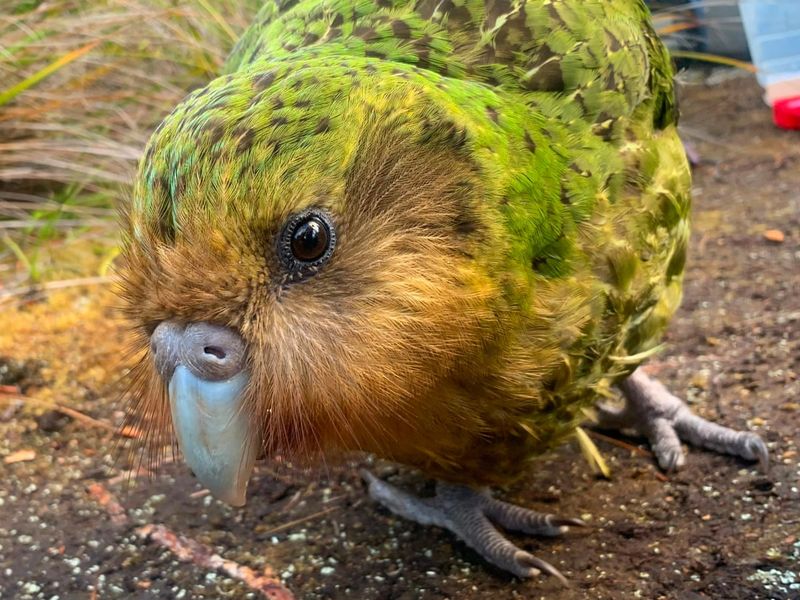
The kakapo, a flightless parrot native to New Zealand, is the world’s heaviest parrot. Weighing up to 9 pounds, it is distinguished by its owl-like face and moss-green feathers. These nocturnal birds are herbivorous, feeding on plants and seeds. Due to their limited ability to fly, kakapos have developed strong legs for climbing. Conservation efforts are ongoing to protect this critically endangered species, highlighting its unique evolutionary path.
Emperor Penguin
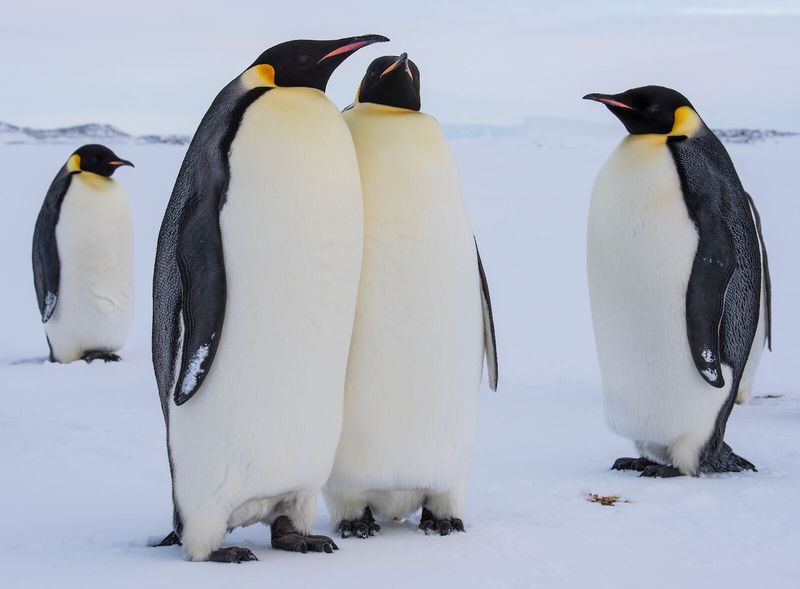
Emperor penguins are the tallest and heaviest of all penguin species, standing nearly 4 feet tall. These resilient birds endure the harsh Antarctic climate, huddling together for warmth during extreme cold. Emperor penguins are excellent swimmers, diving deep to catch fish and squid. Their remarkable life cycle includes a long trek across the ice to breeding colonies. These penguins are a testament to the adaptability and endurance of life in extreme environments.
Sri Lankan Elephant
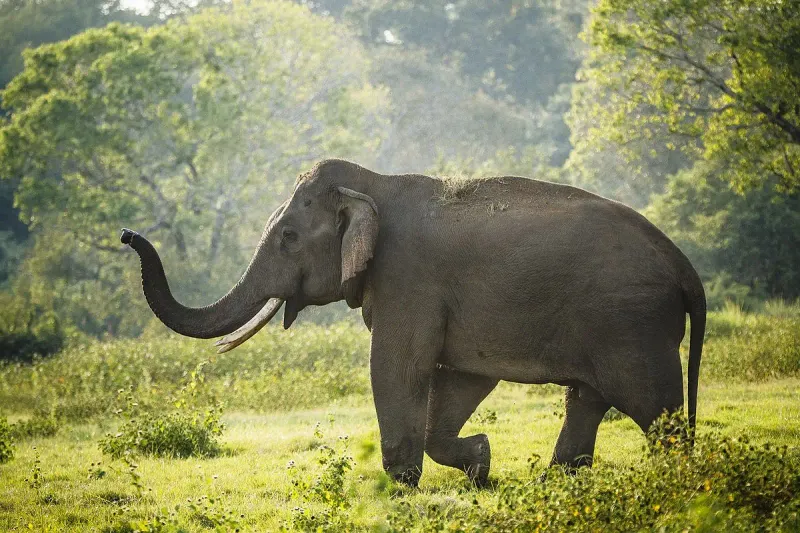
The Sri Lankan elephant is one of the largest subspecies of the Asian elephant, though smaller than its African counterparts. Found in the forests of Sri Lanka, these elephants have a distinctive rounded back and smaller ears. They are highly intelligent and social animals, living in herds led by matriarchs. These elephants play a vital role in their ecosystem, dispersing seeds and creating pathways through dense vegetation. Conservation efforts focus on mitigating human-elephant conflicts.
Indian Flying Fox
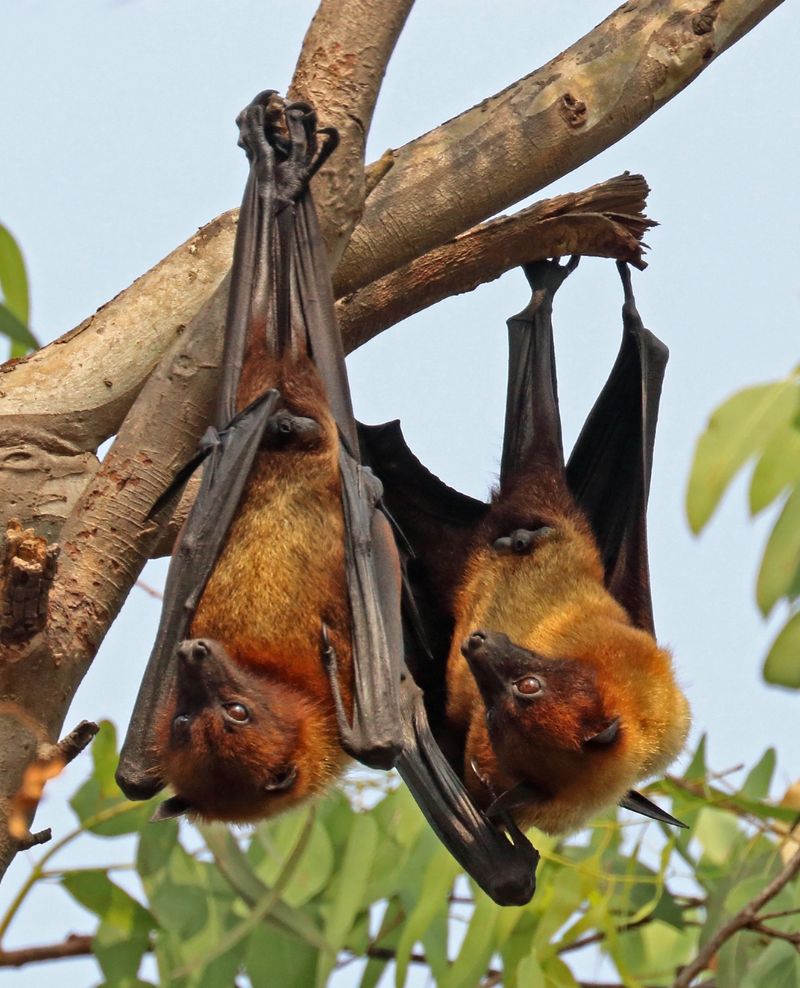
The Indian flying fox is one of the largest bat species, with a wingspan reaching up to 5 feet. These fruit bats are found in the forests and urban areas of South Asia. They play a crucial role in pollination and seed dispersal, contributing to forest regeneration. Indian flying foxes are social creatures, often roosting in large colonies. Despite their size, they are gentle and pose no threat to humans. Their conservation is important for maintaining ecological balance.
Japanese Spider Crab
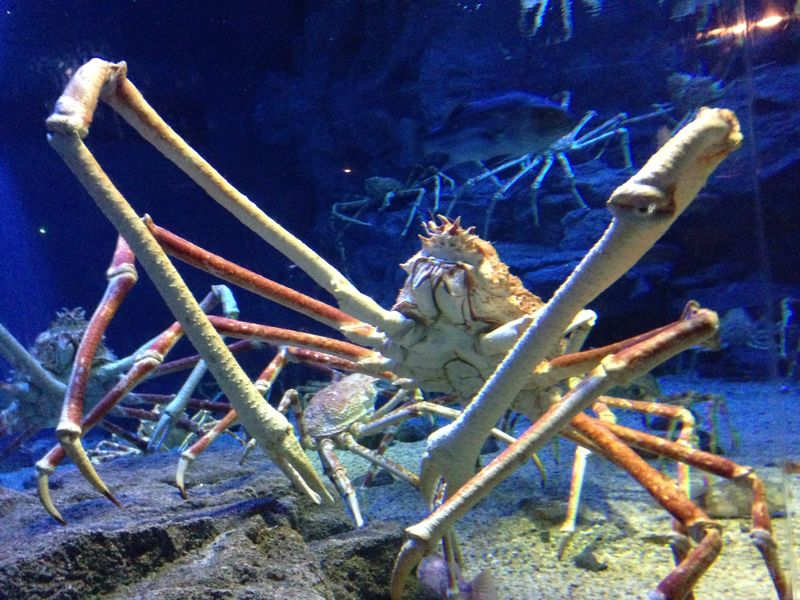
The Japanese spider crab holds the title for the largest arthropod, with a leg span reaching up to 12 feet. Found in the waters around Japan, these crabs are known for their lengthy limbs and armored exoskeletons. They inhabit deep ocean floors, scavenging for food. Despite their intimidating appearance, Japanese spider crabs are not aggressive. Their fascinating anatomy and unique lifestyle make them a subject of marine biology studies.
Great White Shark
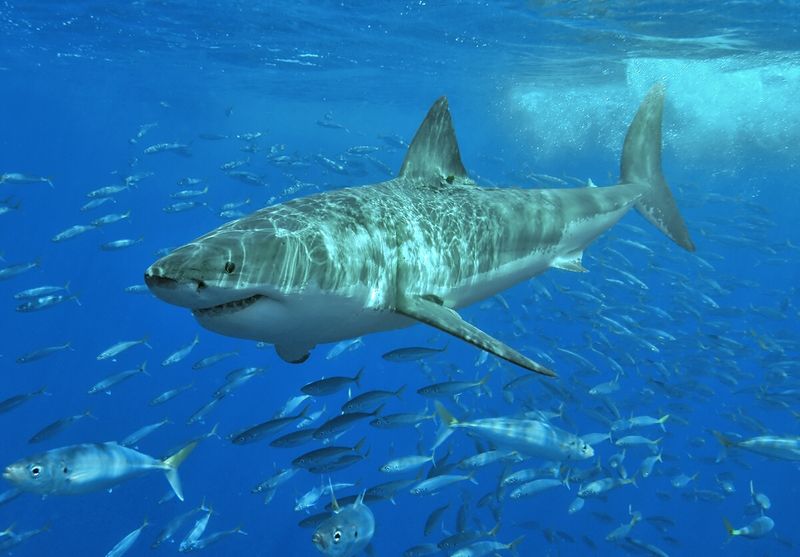
The great white shark is one of the most iconic and formidable predators in the ocean. Known for its size and strength, it can grow up to 20 feet long and weigh over 5,000 pounds. With powerful jaws and keen senses, great whites hunt seals and other marine animals. These sharks are found in coastal waters worldwide, often near the surface. Their reputation as fearsome hunters is matched by their crucial role in ocean ecosystems.
Saltwater Crocodile
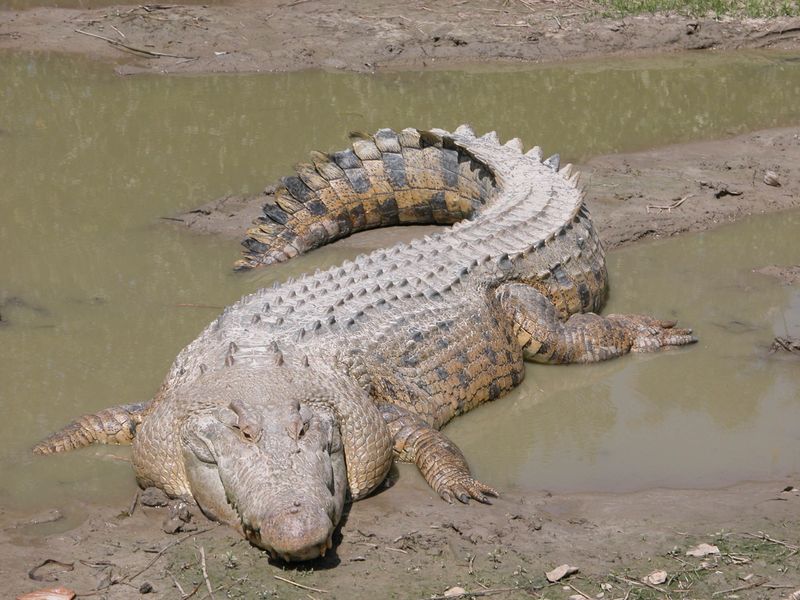
The saltwater crocodile is the largest living reptile, capable of growing over 23 feet long and weighing more than a ton. These apex predators are found in Southeast Asia and Australia, inhabiting rivers and coastal areas. Saltwater crocodiles possess powerful jaws and thick skin, making them formidable hunters. They are opportunistic feeders, preying on fish, birds, and mammals. Their ancient lineage and adaptability have ensured their survival for millions of years.
Arctic Tern
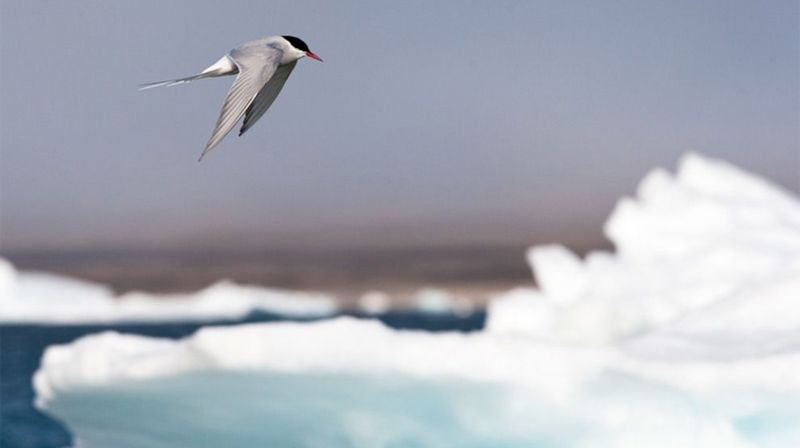
The Arctic tern is famous for its epic migratory journey, traveling up to 44,000 miles annually from the Arctic to the Antarctic and back. This small seabird has a slender build and long wings, designed for long-distance flight. Arctic terns breed in the northernmost reaches and spend winters in the southernmost seas. Their incredible migration is the longest known in the animal kingdom, showcasing their endurance and navigational skills.
African Wild Dog
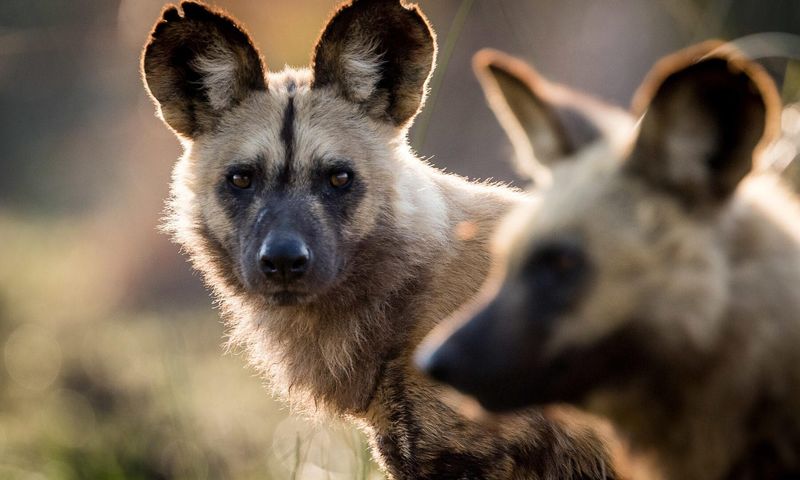
African wild dogs are known for their unique social structure and cooperative hunting strategies. These canids have a distinctive mottled coat of black, white, and brown patches. Living in packs, they are highly social and communicate through a variety of vocalizations. African wild dogs are skilled hunters, capable of taking down prey much larger than themselves. Their pack dynamics and hunting prowess are key to their survival in the wild.
Walrus
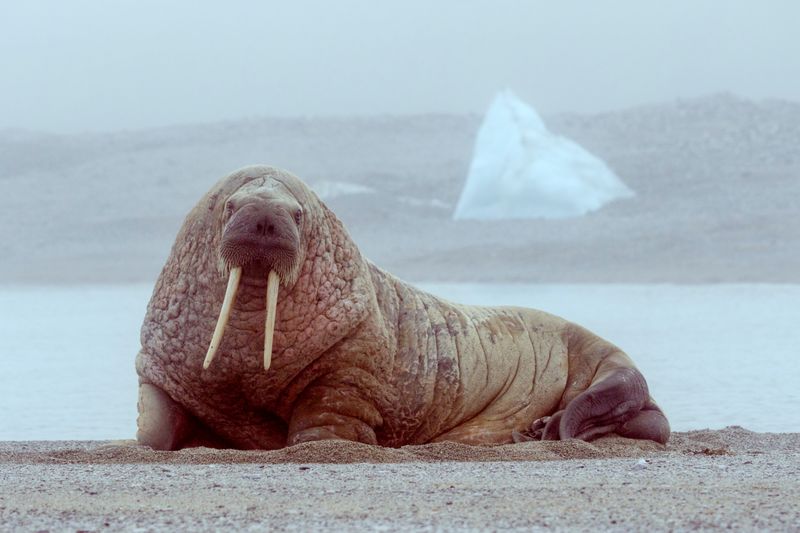
The walrus is an iconic marine mammal, recognized by its long tusks and whiskered face. These large pinnipeds inhabit Arctic regions, spending much of their time on ice or in the water. Walruses use their tusks to haul out onto ice and to forage the ocean floor for clams. They are social creatures, often found in large groups. The walrus’s prominent tusks and blubbery bodies are adaptations to their frigid environment.
Giant Anteater
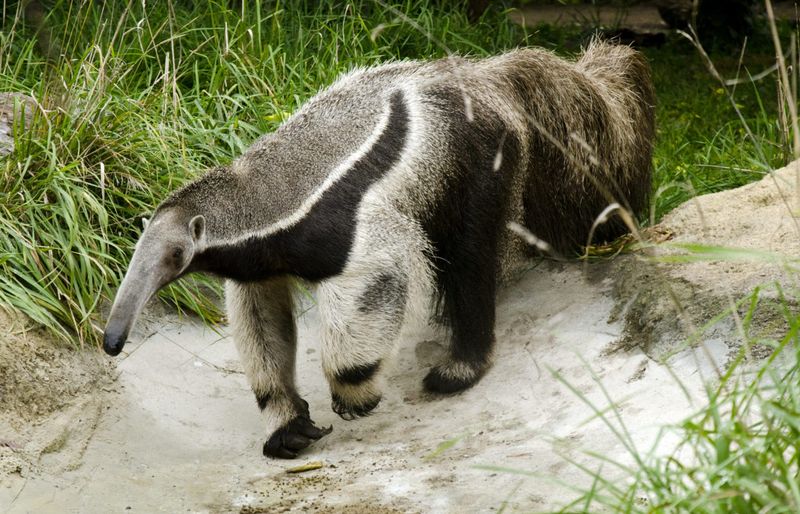
The giant anteater is known for its distinctive long snout and bushy tail. Native to Central and South America, it feeds primarily on ants and termites, using its sticky tongue to extract them from nests. Giant anteaters have no teeth, relying on their powerful claws to break open ant hills. This solitary creature has a keen sense of smell, aiding in locating prey. Its unique appearance and feeding habits make it a fascinating species to study.
Komodo Dragon
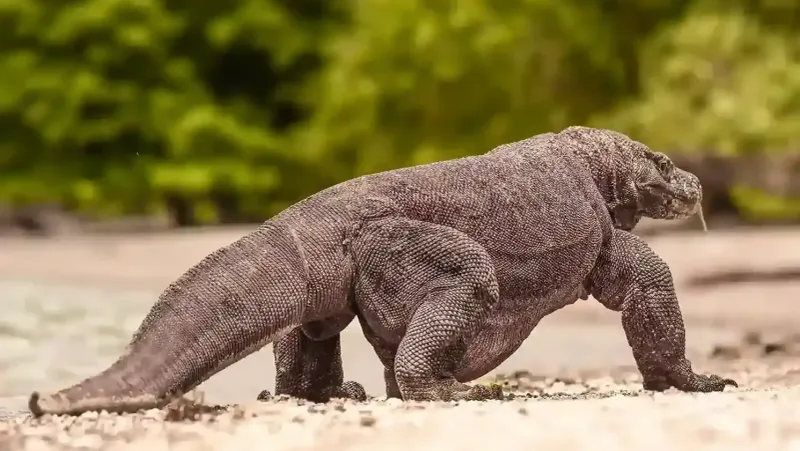
The Komodo dragon is the largest living lizard, found on a few Indonesian islands. Growing up to 10 feet long, these reptiles are formidable predators. Komodo dragons have a rugged appearance, with loose, scaly skin and a forked tongue. They hunt large prey, using a combination of stealth and power. Despite their fierce reputation, Komodo dragons are vulnerable to habitat loss and human activity. Their unique biology and behaviors intrigue scientists and visitors alike.
Bald Eagle
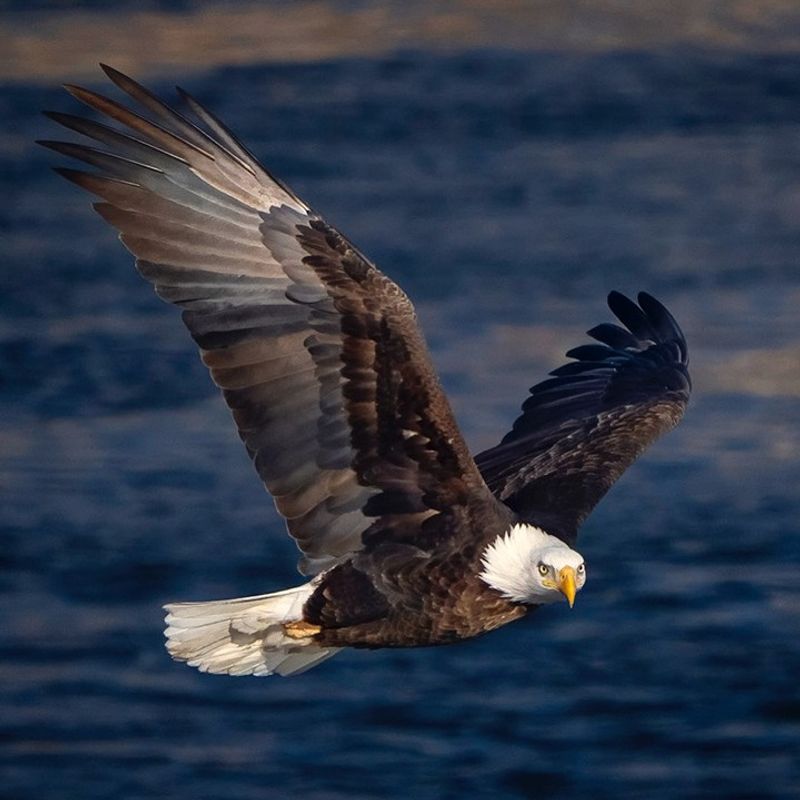
The bald eagle is a symbol of strength and freedom in the United States. With a wingspan of up to 7.5 feet, it is one of North America’s largest birds of prey. Known for their sharp eyesight and powerful talons, bald eagles hunt fish and small mammals. These majestic birds are often seen soaring over open water or perched high in treetops. Conservation efforts have brought them back from the brink of extinction, highlighting their resilience.
Humpback Whale
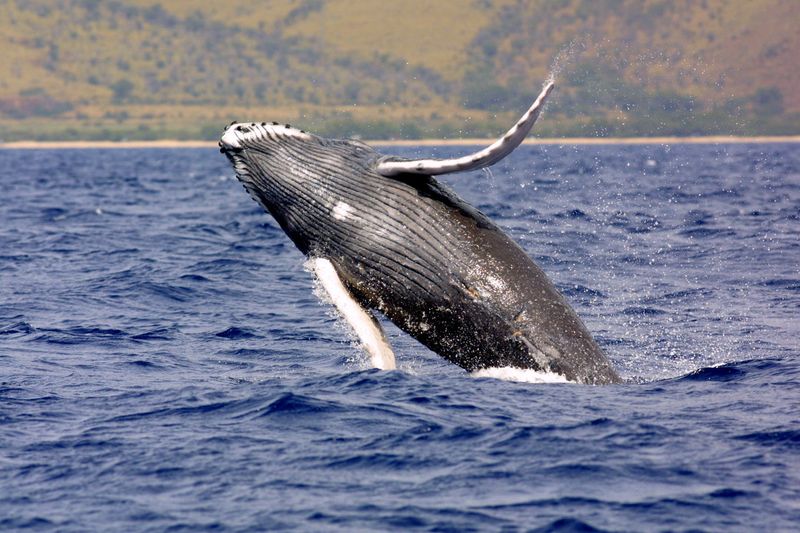
Famous for their acrobatic breaches and haunting songs, humpback whales captivate observers worldwide. These massive creatures can grow up to 60 feet long and weigh around 40 tons. Humpbacks migrate thousands of miles between feeding and breeding grounds annually. Their complex songs, sung by males, are believed to play a role in mating. Humpback whales’ behaviors and communication continue to intrigue marine biologists and whale watchers alike.

